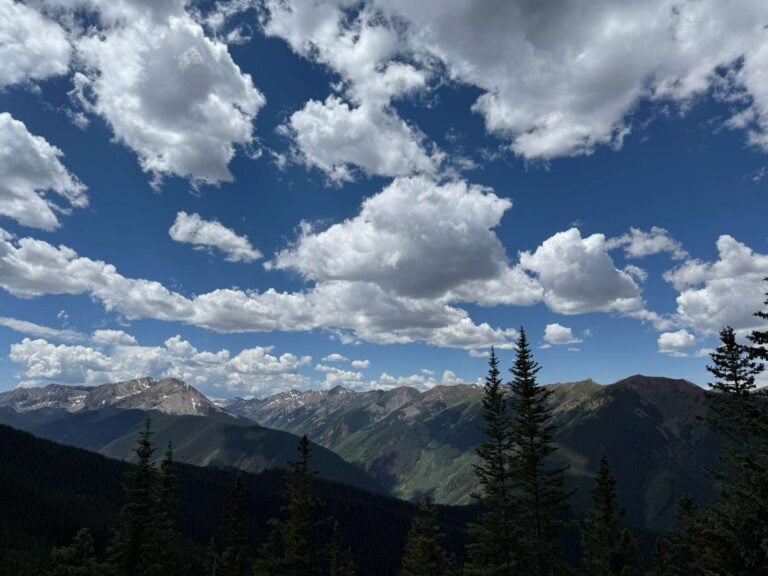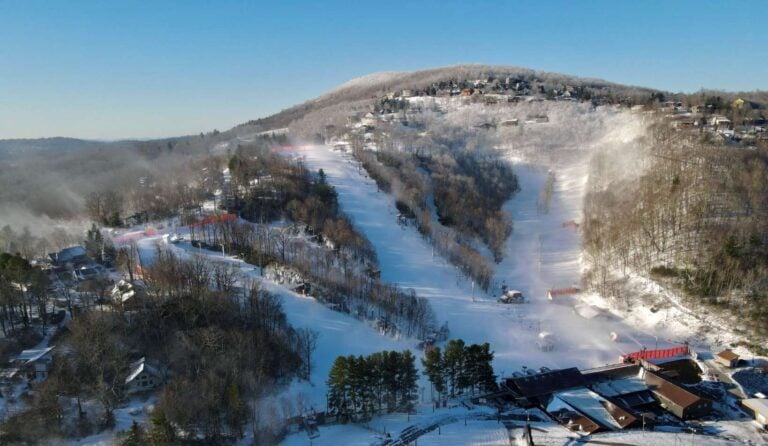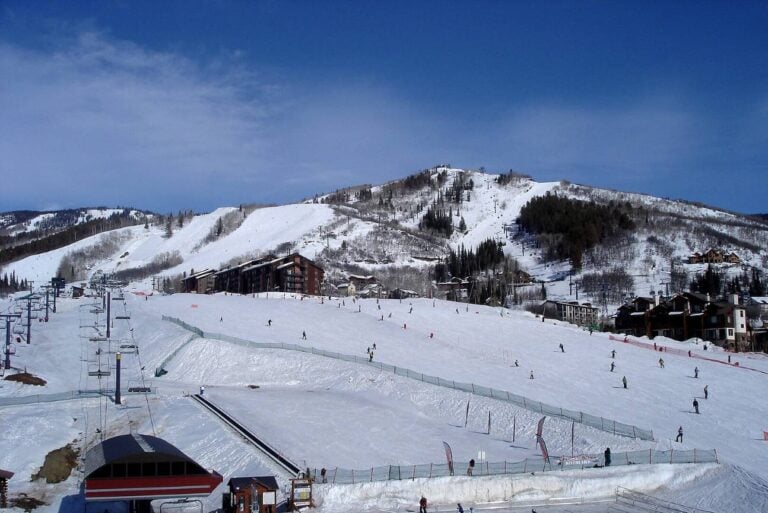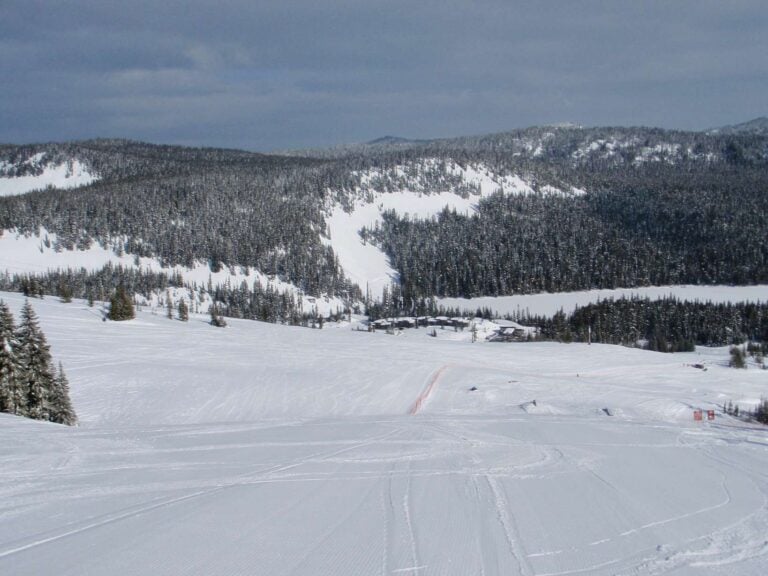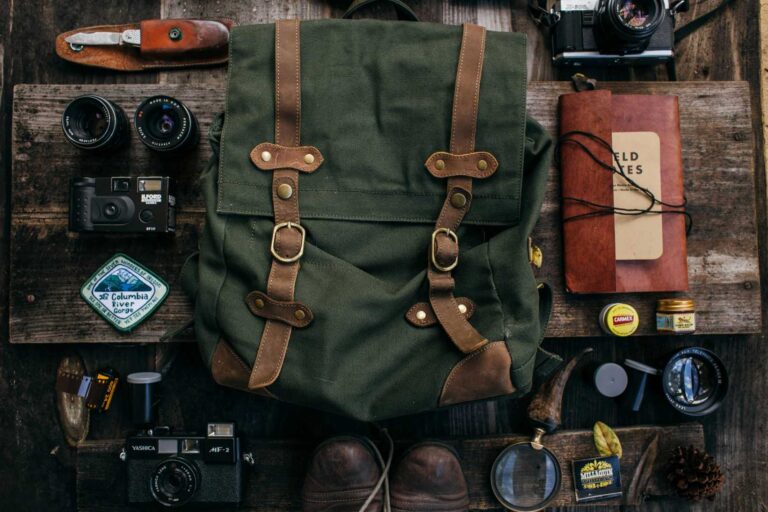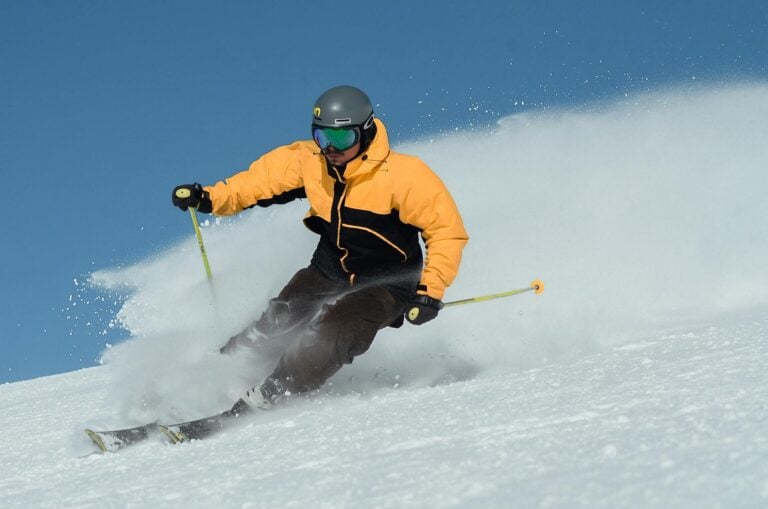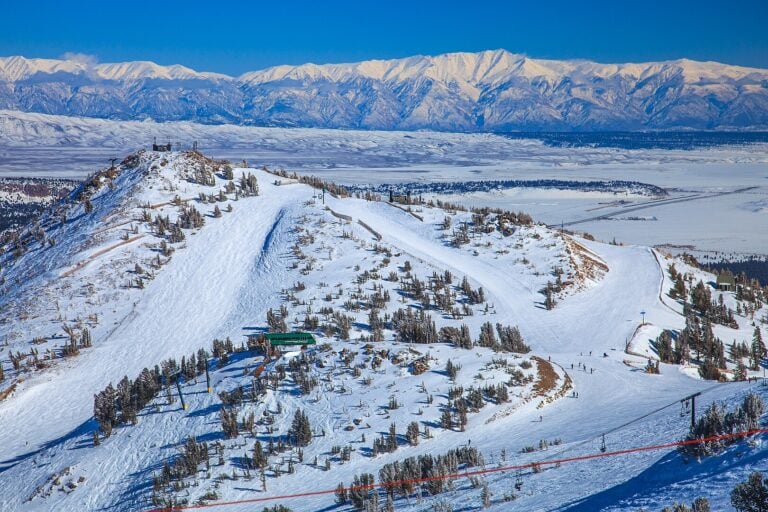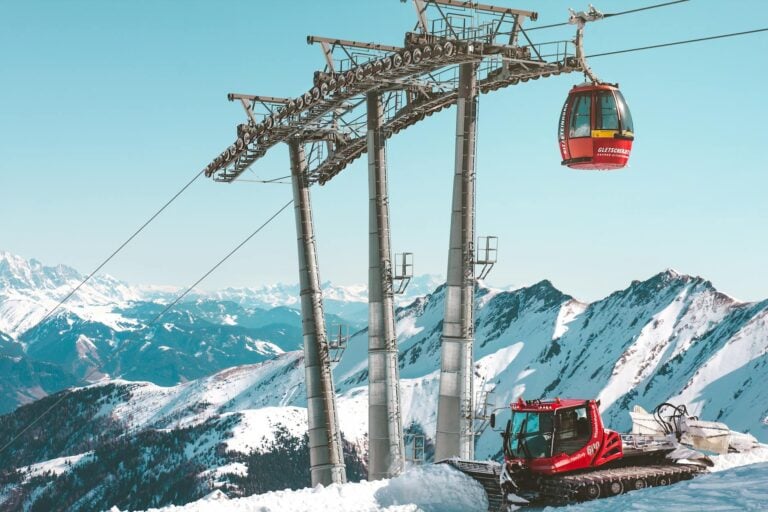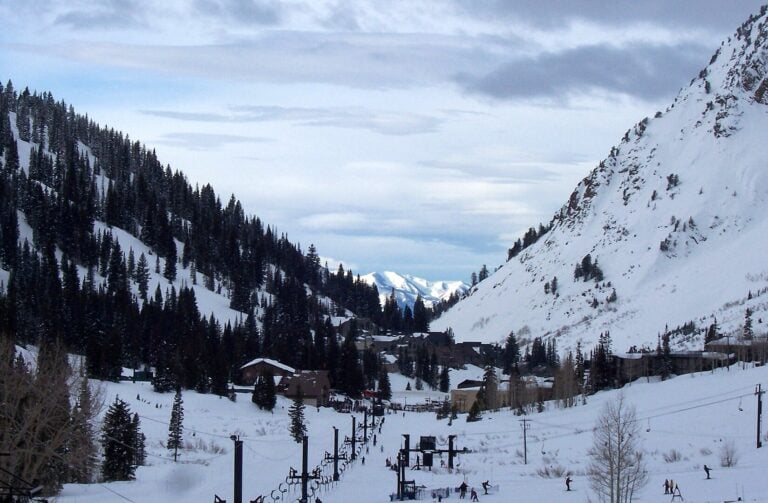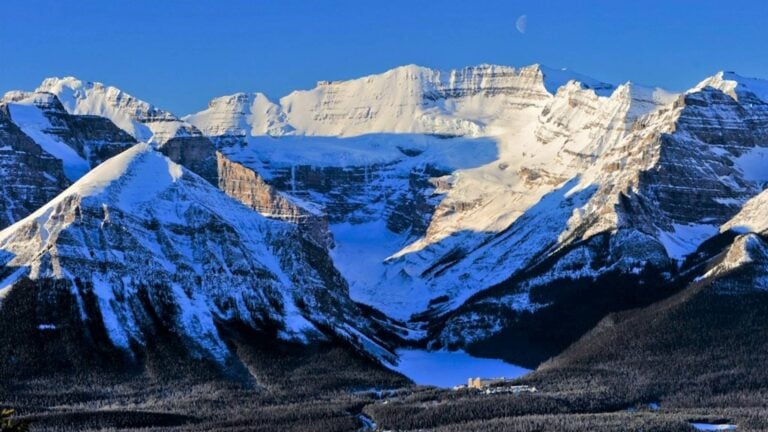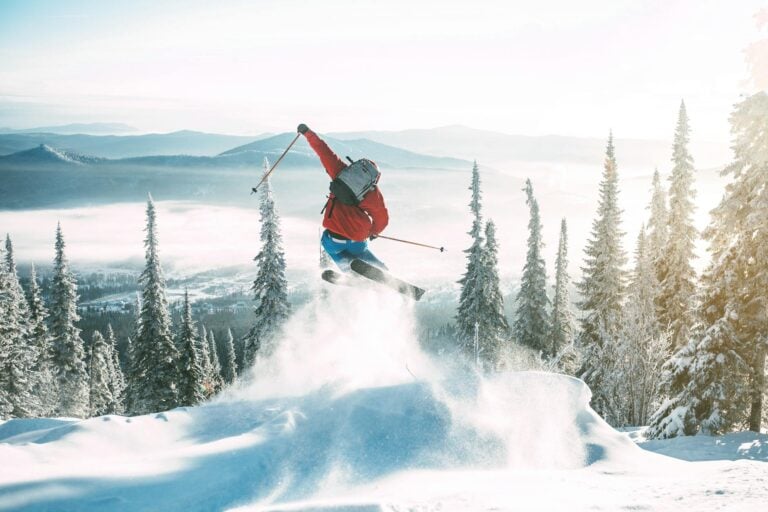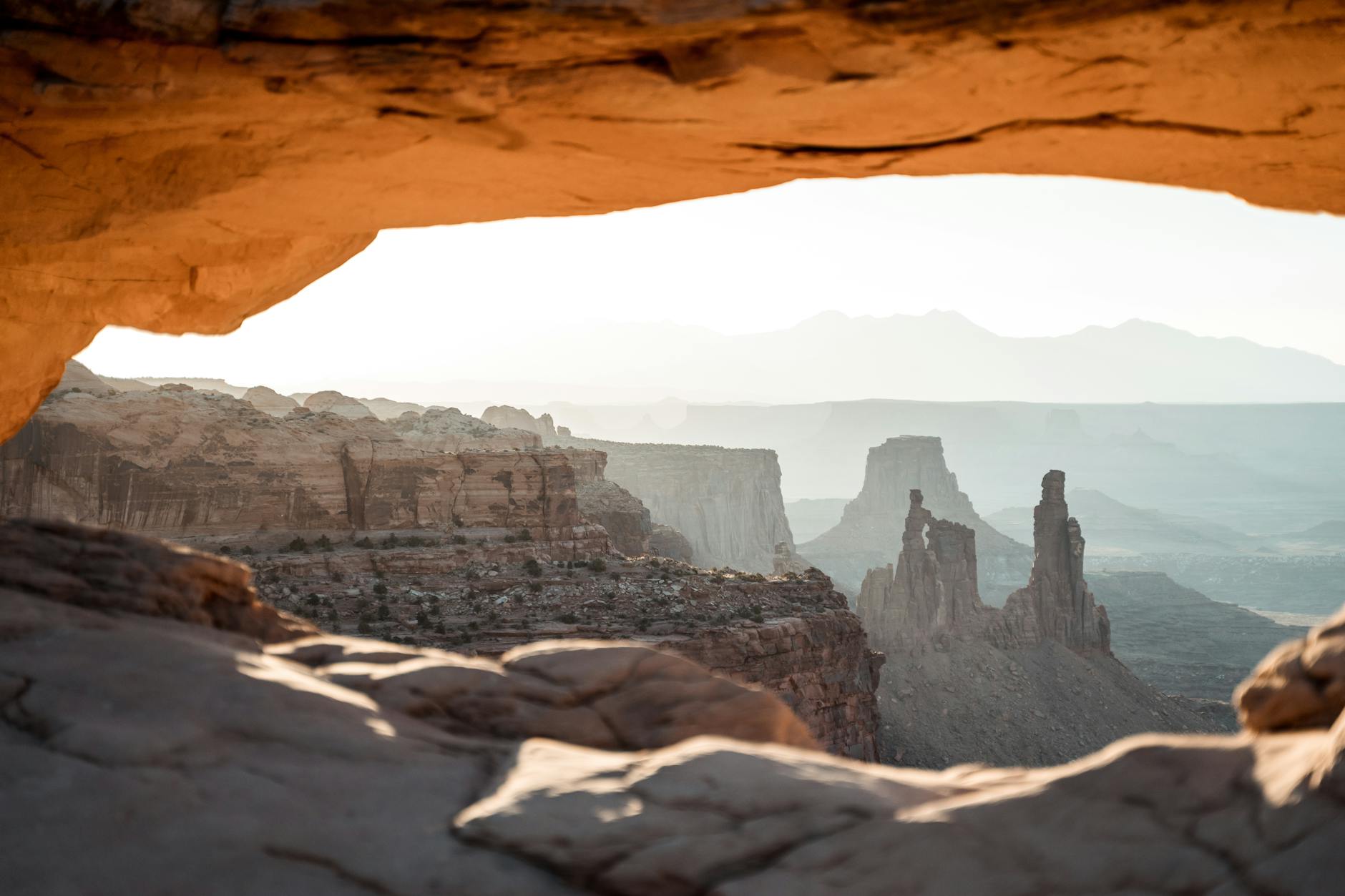
Key takeaways
- Decide your route now: Cholla for steadier climbing; Echo for a shorter but steeper scramble. (See route notes below.)
- Prepare the day before: check weather, set out gear, charge phone, tell someone your plan; start pre-dawn in hot months.
- Use the pacing calculator on the day to convert your fitness into a reliable start/turnback time; err on the side of earlier descent.
Quick checklist
- Check current conditions and forecast (NOAA): NOAA forecast
- Map or offline GPS; tell a contact your start time and expected return.
- Water (see guidance below), sun protection, hat, light layers, charged phone, whistle.
Routes, distances, and which to pick
Camelback has two common summit routes. Pick the one that matches your fitness, comfort with exposure, and time. The City of Phoenix page and the local Camelback guide provide the official access notes and closures — check them before you go (City of Phoenix trail page).
Echo Canyon (steeper, shorter)
Echo Canyon is the steeper option with exposed scramble sections. Expect approximately 1.2 miles one-way with about 1,200–1,300 feet of elevation gain; that makes it steeper and more technical in sections (local route guide: Echo Canyon guide).
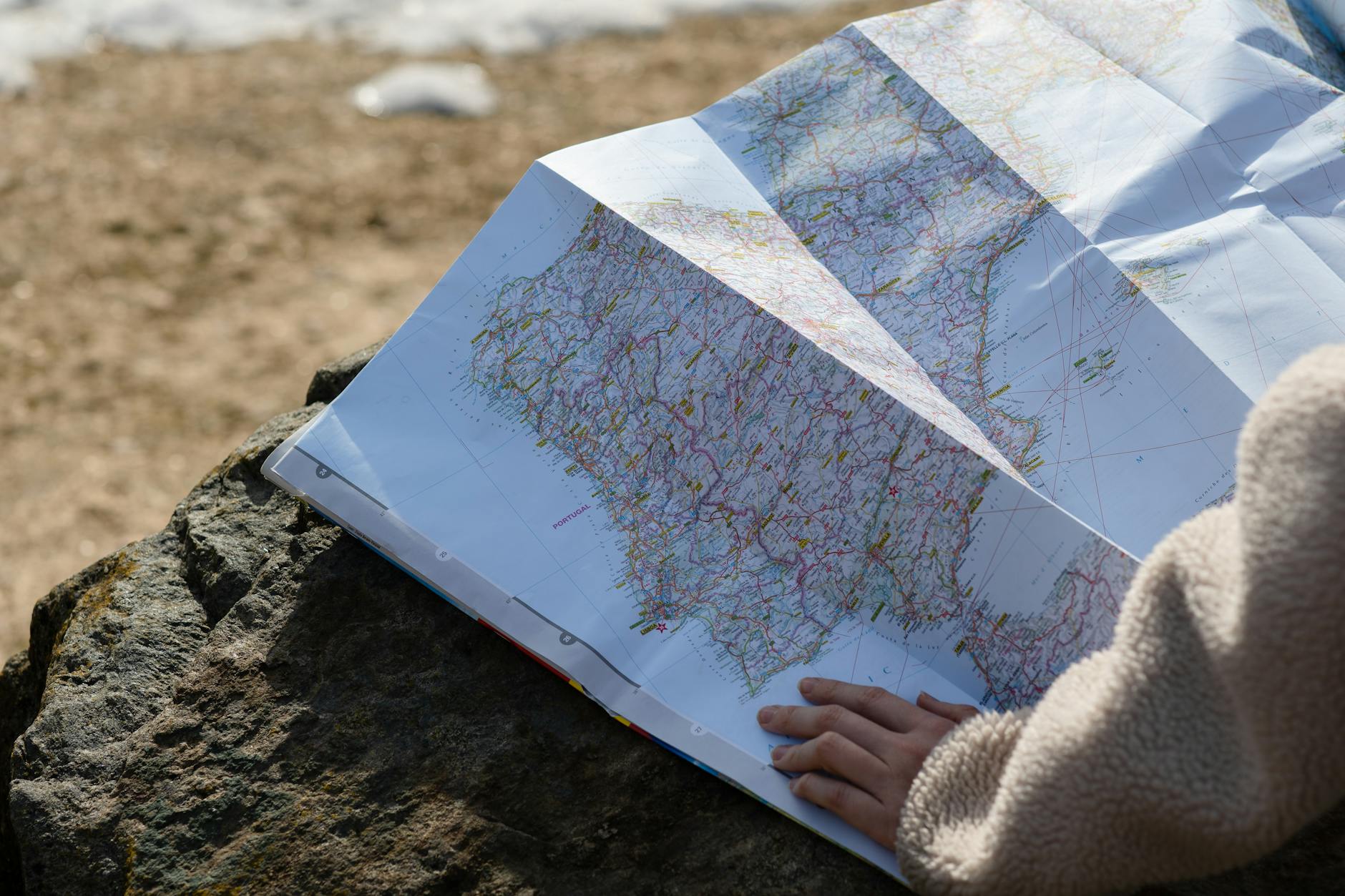
Cholla Trail (steadier climb)
Cholla climbs more gradually and is the better beginner choice if you want fewer exposed scrambles. Cholla is slightly longer one-way (roughly 1.4–1.6 miles) with a similar total elevation gain; it feels more like a sustained, steep walk than a hands-on scramble (Cholla trail guide).
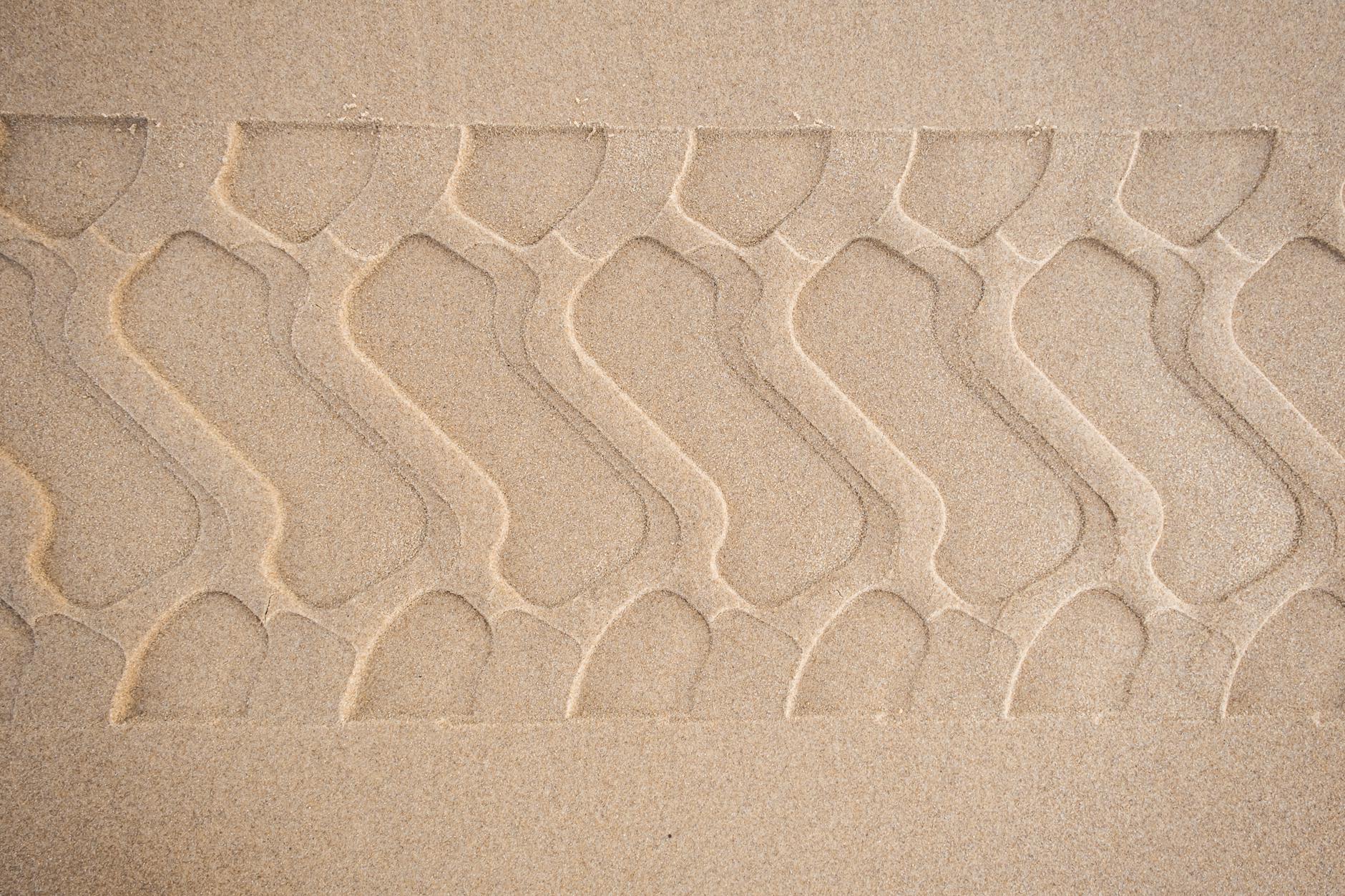
My take (experience): I prefer Echo on cool mornings when speed matters. For groups with beginners or in heat, I default to Cholla to reduce exposure and allow steadier pacing.
Day-zero to summit — step-by-step plan
Follow this timeline the day before and the morning of your hike. I use this with first-timers and it reduces common mistakes (parking, overheating, bad timing).
Day before
- Check the official gate/parking and trail notices: City of Phoenix trail page.
- Lay out shoes, sun hat, sunscreen, and 1–2 liters of water depending on expected heat.
- Charge phone; share expected route and return time with someone.
Morning of
- Eat a light, salty breakfast; leave early in warm months (arrive 30–60 minutes before sunrise to find parking).
- Warm up 5–10 minutes (ankle circles, marching, 2–3 easy lunges).
- Use the pacing calculator below to set a safe turnaround time for the summit and the descent.
Field note: I always start no later than 8:00 a.m. from Echo or Cholla between May and September to avoid the hottest hours — crowds and heat make later starts riskier.
Gear, hydration and short packing checklist
Pack light but smart. Replace any item you don’t know how to use; practice before you go.
- Gear and hydration checklist (full guide)
- Closed-toe shoes with tread — trail shoes or sturdy sneakers; avoid thin-soled fashion shoes.
- Sun hat, sunglasses, high-SPF sunscreen, small first-aid kit, whistle, and salty snacks.
- Water: plan for higher volumes in heat — local Camelback guidance recommends carrying extra fluids; treat your sweat rate and temperature as the deciding factor (local water guidance).
Experience tip: I take small sips every 10–15 minutes instead of gulping large amounts at once; it steadies energy and avoids stomach sloshing on steep sections.
Short training micro-plan (2 weeks)
Three sessions per week that combine endurance and leg strength prepares most inactive hikers enough to finish a Camelback route safely.
- Session A — 30–40 minutes brisk walk on hills or treadmill incline.
- Session B — 20 minutes of stair-stepper or 20–30 minutes hill repeats; finish with 10 minutes of lunges and step-ups.
- Session C — 30–40 minute steady walk with a light daypack (10–15 lb) to simulate load.
Do shorter, easier sessions if you feel sore; consistent, gradual progress beats overdoing it the week before.
Pacing and time calculator (how to plan your start/turnback)
Use a conservative pace for steep, rocky trails. This method converts distance and your uphill speed into a safe plan.
- Note one-way distance for your chosen route (Echo ~1.2 miles, Cholla ~1.4–1.6 miles; see local guides: Echo / Cholla).
- Estimate your uphill speed: beginners on steep rocky ground commonly move at about 30–40 minutes per mile uphill; use the lower end if you are fit and the higher end if you are new or in heat.
- Descent is faster but allow 10–20 minutes per mile if the trail is technical or crowded.
- Add planned rests and summit time (20–30 minutes). Set a fixed turnaround time that gets you off the summit at least 90 minutes before hottest afternoon hours or before sunset if starting later.
Example: Echo (~1.2 mi one-way). At 35 min/mi uphill = ~42 minutes up. Descent ~25 minutes. Add 20-minute summit stop = ~1 hr 27 min roundtrip. If heat or slow hikers present, add buffer and move the start earlier.
Route comparison
| Route | One-way distance | Characteristic |
|---|---|---|
| Echo Canyon | ~1.2 miles | Shorter, steeper, exposed scramble |
| Cholla | ~1.4–1.6 miles | Longer, steadier, fewer exposed sections |
FAQ
Can a beginner hike Camelback Mountain?
Yes. Beginners should choose Cholla for a steadier climb, wear good shoes, start early, and turn back if heat or fatigue become severe. Consider the two-week micro-plan above to build confidence.
How much water should I bring?
Carry more water in high heat. Local Camelback guidance and experienced hikers recommend planning for higher volumes and erring on the side of extra fluids — adjust for your sweat rate and temperature (local guidance).
Which trail is steeper?
Echo Canyon is steeper and includes scramble sections; Cholla is longer but climbs more gradually.
When is the best time to hike?
Early morning before sunrise in warm months; later morning or midday is acceptable in cooler months. Always check weather and official trail notices (City of Phoenix).


